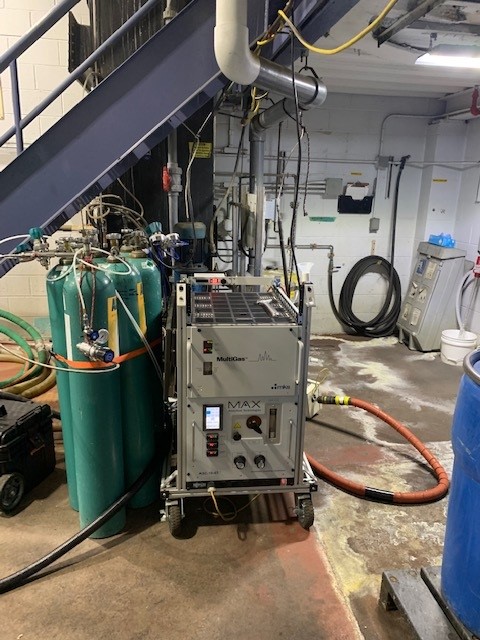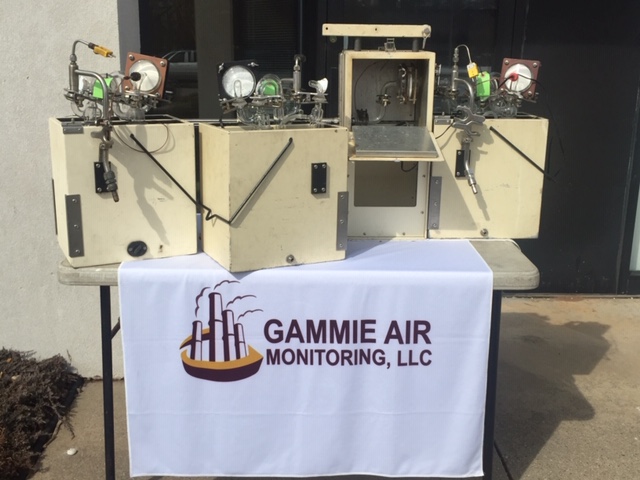Following the 2018 purchase of the MKS MultiGas Model 2030 FTIR GamAir has added a second FTIR in 2023. A MAX-IR FTIR gas analyzer (S/N 00678) along with another MAX ASC-10-ST automated sample conditioner has been added to the stable. These new instruments were designed and manufactured by MAX Analytical Technologies which is a part of Thermo Fisher Scientific. One of the “beauties” of the MAX-IR is no liquid nitrogen is required to operate this FTIR. Accompanying the MAX-IR is a new data acquisition software package. The MAX Acquisition software is used to configure an acquisition method specific to the site’s analytical needs. This software provides all the end user control for data acquisition including starting, pausing, stopping as well as run-time concentration values from a single user interface. Once configured, the Acquisition Method has the capability to automatically control the operation of the MAX-IR and ASC-10-ST.
The addition of a second FTIR expands GamAir’s capabilities providing simultaneous inlet and/or outlet testing on a multitude of pollution control devices or. We are poised to bring this technology and expertise to your facility. We are only a phone call away . . .
In 2018 GamAir purchased the MKS MultiGas Model 2030 FTIR coupled with a MAX Analytical Technologies ASC-10-ST automated sampling conditioner and an AMP-Cherokee liquid nitrogen autofill system using a 30-liter Dewar.
The combination of the MAX ASC-10-ST automated sampling conditioner and the liquid nitrogen autofill allows for remote 24/7 continuous emissions monitoring. This combination perfectly aligns with remote short- or long-term process and emissions monitoring, with the capability of performing daily calibrations and spiking.
The MKS FTIR can be housed in one of our temperature controlled mobile laboratories or stationed onsite near the source. 500 feet of heated Teflon or 100 feet of heated stainless steel sample line are available.
Some unique project related applications of FTIR sampling and analysis are briefly mentioned below.


